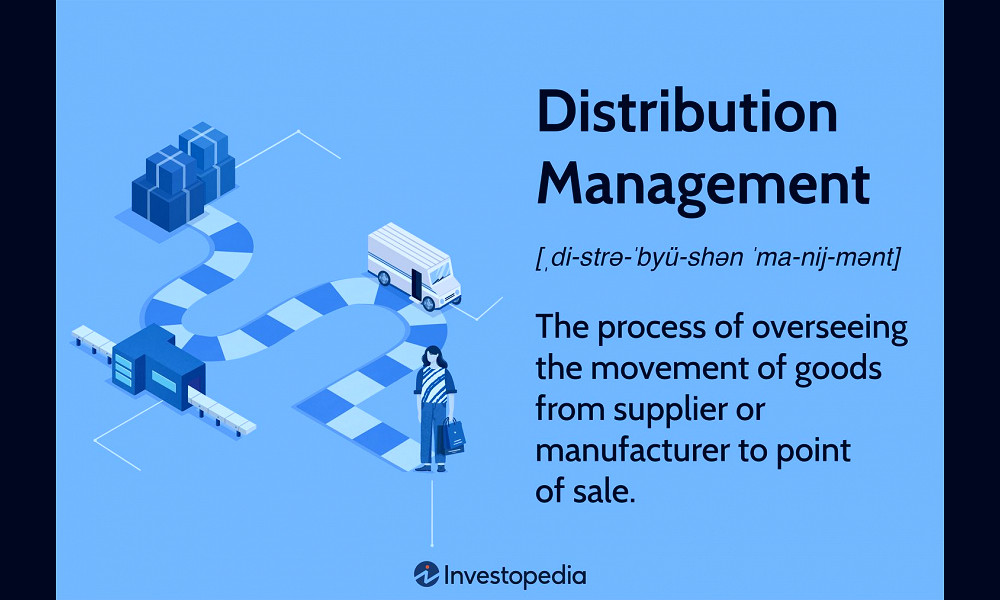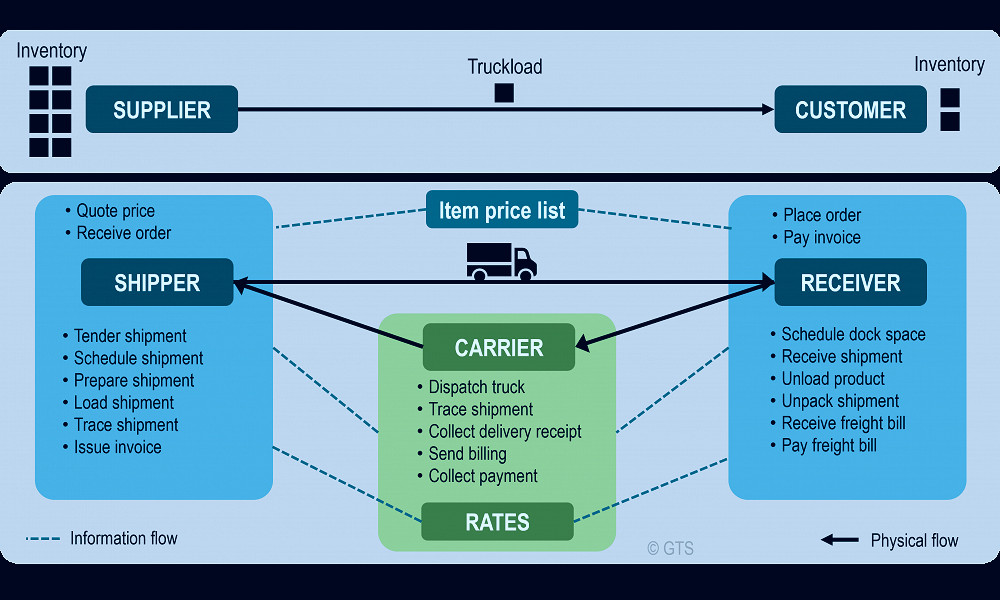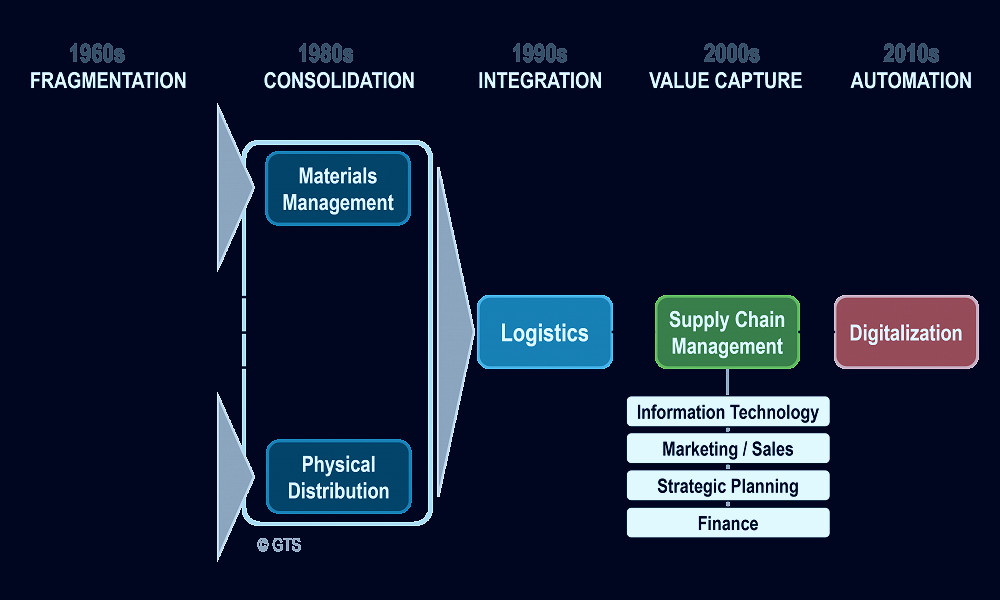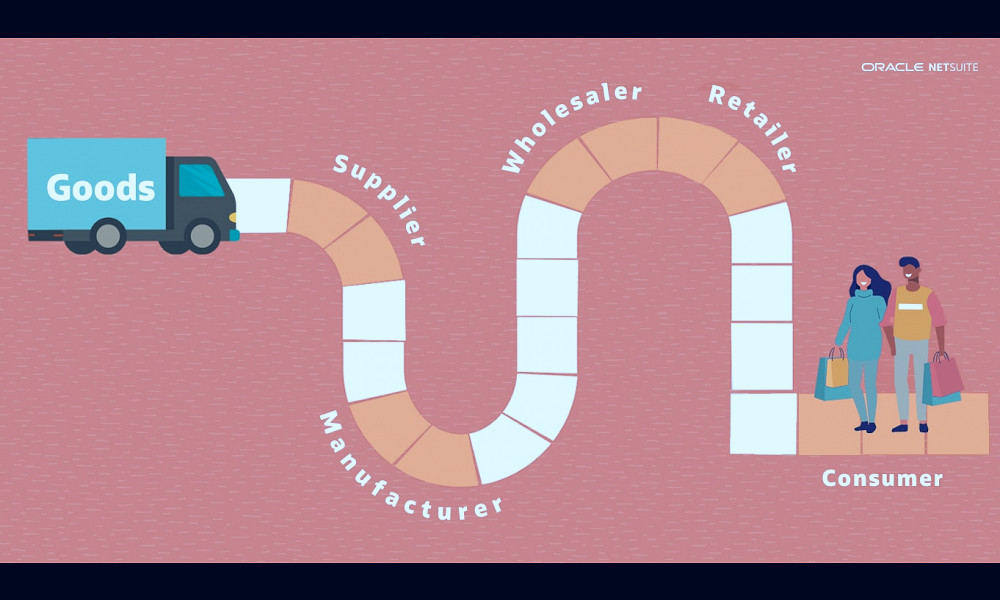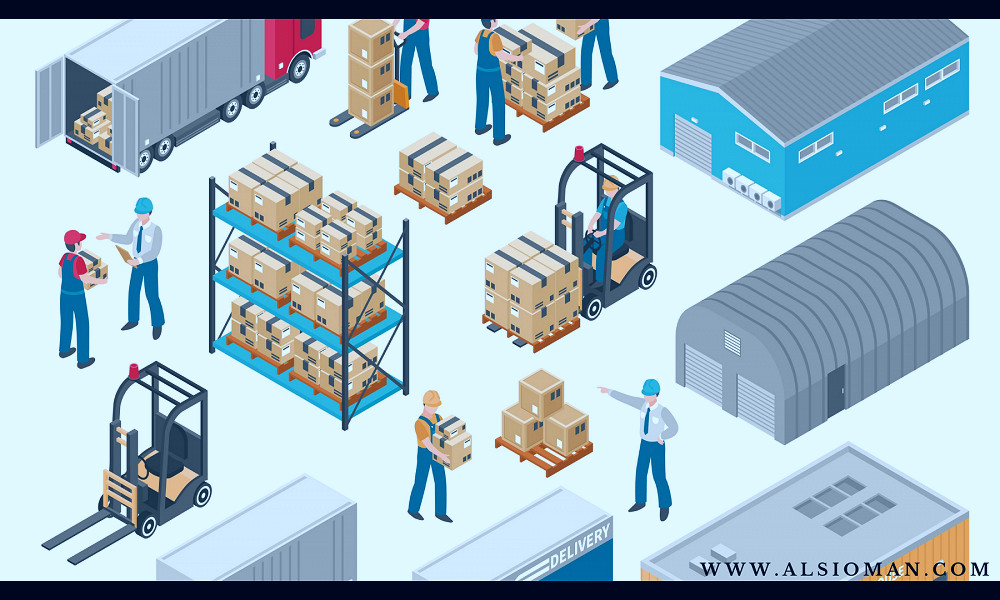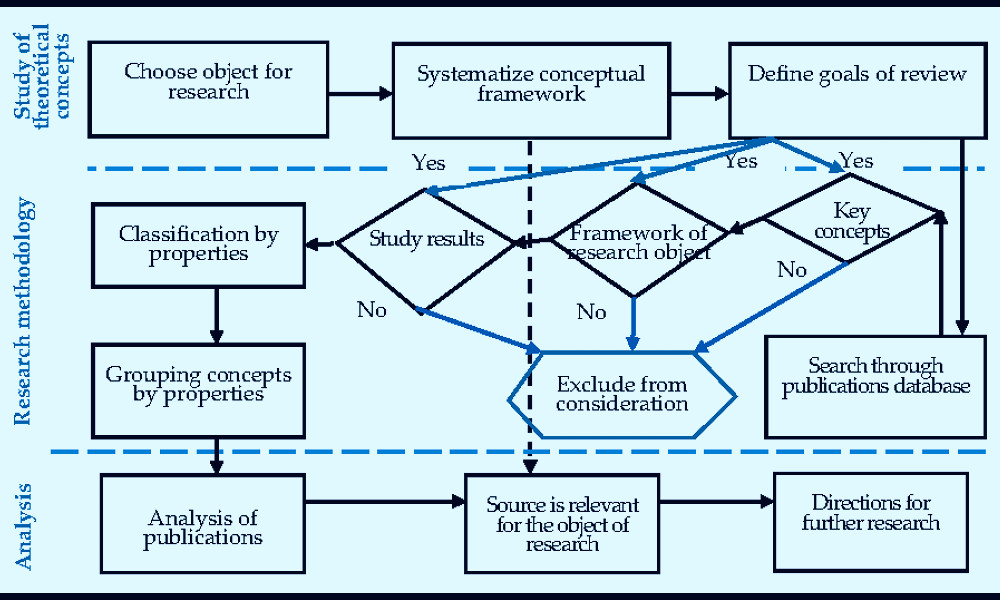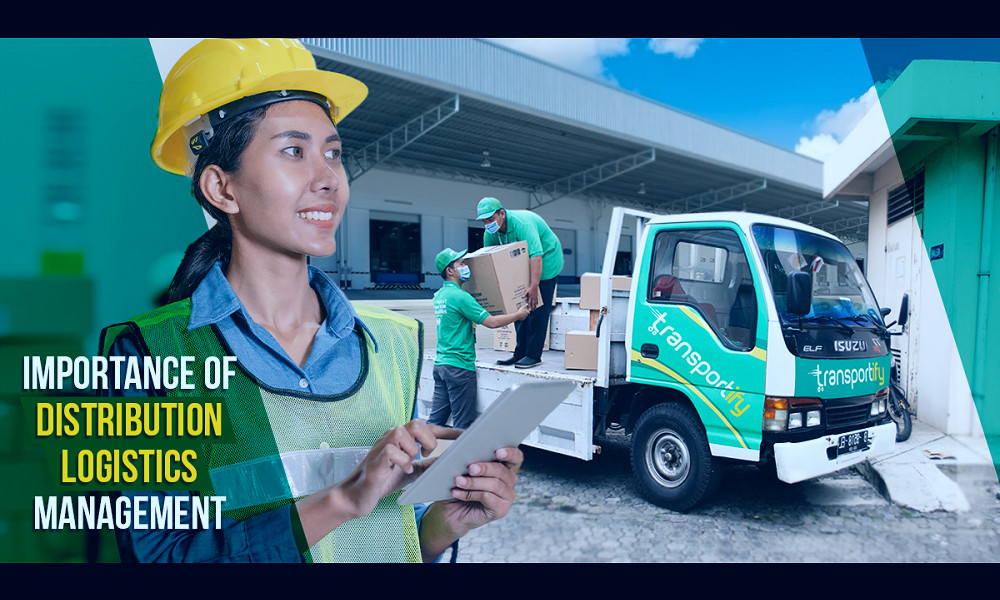
Mastering Distribution Logistics Management: A Key to Business Success
Management of Distribution Logistics is a service that focuses on the efficient and effective distribution of goods from the point of production to the point of consumption. It involves planning, implementing and controlling the forward and reverse flow of goods, storage, and information related to transportation. This ensures that the right products reach the right customer at the right time, in the right condition and at the right cost, thereby enhancing customer satisfaction and business profitability.
Understanding Distribution Logistics
Distribution logistics is a critical aspect of supply chain management that involves the efficient transfer of goods from the producer to the end user. It includes the planning, control, and implementation of effective movement and storage of goods to meet customer requirements. Read more
Key Components of Distribution Logistics
The principal components of distribution logistics include order processing, warehousing, transportation, and inventory management. Each of these elements plays a significant role in ensuring that products are delivered to customers in the most efficient, timely, and cost-effective manner possible. Read more
Role of Technology in Distribution Logistics
With the advent of advanced technologies like artificial intelligence, machine learning, and data analytics, distribution logistics has undergone significant transformations. These technologies enable real-time tracking, predictive analytics for demand forecasting, and automated inventory management, thereby improving efficiency and reducing operational costs. Read more
Importance of Inventory Management in Distribution Logistics
Effective inventory management is crucial to prevent stockouts or overstocking situations. It involves the use of systematic approaches and tools such as Just-In-Time (JIT) and Economic Order Quantity (EOQ), which help in maintaining optimal inventory levels. Read more

The Impact of Warehousing on Distribution Logistics
Warehouses play a pivotal role in distribution logistics by providing storage for goods and facilitating their movement. Modern warehousing solutions incorporate technologies such as warehouse management systems (WMS), automated storage and retrieval systems (ASRS), and barcode and RFID tracking for improved performance. Read more
Transportation in Distribution Logistics
Transportation is the backbone of distribution logistics, connecting producers, warehouses, retailers, and consumers. It involves the selection of optimal transportation modes and routes, considering factors like cost, delivery time, and environmental impact. Read more
The Role of Order Processing in Distribution Logistics
Order processing is a key step in distribution logistics that involves receiving, tracking, and fulfilling customer orders. It requires robust IT systems and software to ensure accuracy, speed, and efficiency in handling orders. Read more
The Concept of Reverse Logistics
Reverse logistics is an important aspect of distribution logistics, dealing with the return of products from customers. It encompasses activities like returns management, repairs and refurbishments, and recycling, aiming to maximize the value from returned products and minimize waste. Read more

Challenges in Distribution Logistics
Distribution logistics faces numerous challenges, such as managing complex supply chains, dealing with uncertain demand and supply, ensuring timely delivery, and maintaining quality. Furthermore, factors like globalization and e-commerce growth have added to its complexity. Read more
The Future of Distribution Logistics
The future of distribution logistics lies in further technological advancements. Concepts like drone delivery, autonomous vehicles, blockchain in supply chain, and IoT-based tracking systems are expected to revolutionize the way goods are transported and tracked, making distribution logistics more effective and customer-centric. Read more
Read more
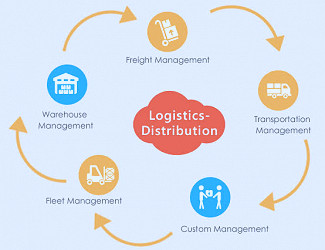 COMPARE LOGISTICS AND DISTRIBUTION
COMPARE LOGISTICS AND DISTRIBUTION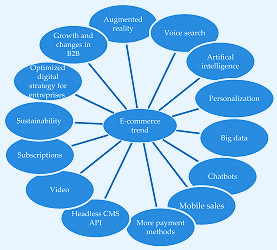 JOItmC | Free Full-Text | Transformation of Distribution Logistics Management in the Digitalization of the Economy
JOItmC | Free Full-Text | Transformation of Distribution Logistics Management in the Digitalization of the Economy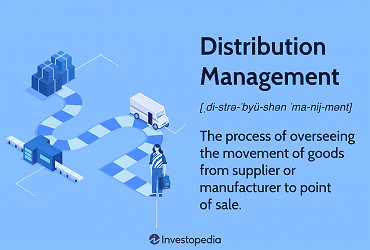 Distribution Management: Definition, How It Works, and Advantages
Distribution Management: Definition, How It Works, and Advantages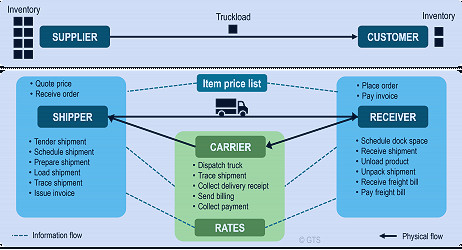 Distribution and Related Logistics Activities | The Geography of Transport Systems
Distribution and Related Logistics Activities | The Geography of Transport Systems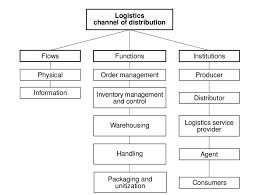 Functions, flows and institutions in the logistics channel of distribution | Download Scientific Diagram
Functions, flows and institutions in the logistics channel of distribution | Download Scientific Diagram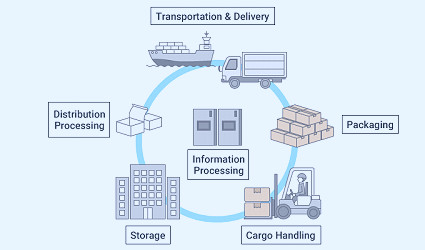 Logistics Basics and Goals | Logistics Basics | Barcode Solutions for Logistics | KEYENCE America
Logistics Basics and Goals | Logistics Basics | Barcode Solutions for Logistics | KEYENCE America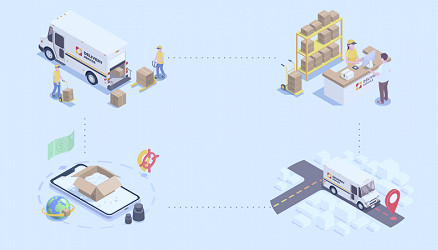 Logistics Distribution: How to Manage Transport and Deliveries
Logistics Distribution: How to Manage Transport and Deliveries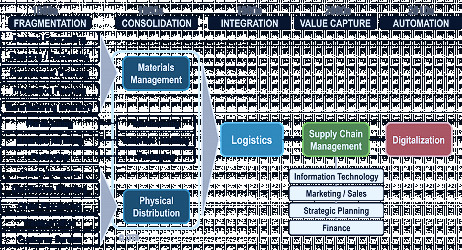 The Evolution of Supply Chain Management | The Geography of Transport Systems
The Evolution of Supply Chain Management | The Geography of Transport Systems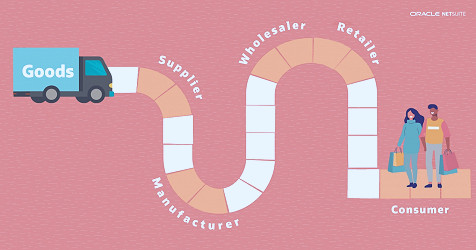 Distribution Management: Definition, Advantages & Strategies | NetSuite
Distribution Management: Definition, Advantages & Strategies | NetSuite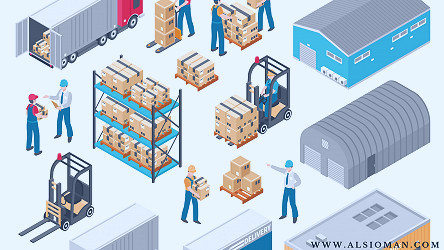 Logistics and Distribution - A Comparitive Study
Logistics and Distribution - A Comparitive Study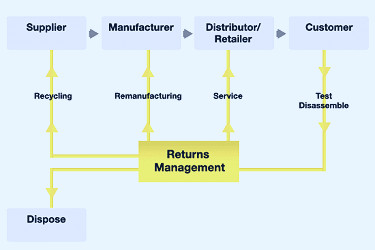 Logistics Management Systems: Main Modules and Integration | AltexSoft
Logistics Management Systems: Main Modules and Integration | AltexSoft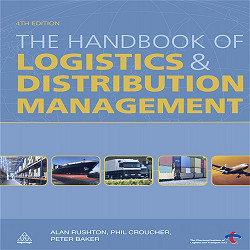 The Handbook of Logistics and Distribution Management: Rushton, Alan, Croucher, Phil, Baker, Peter: 9780749457143: Amazon.com: Books
The Handbook of Logistics and Distribution Management: Rushton, Alan, Croucher, Phil, Baker, Peter: 9780749457143: Amazon.com: Books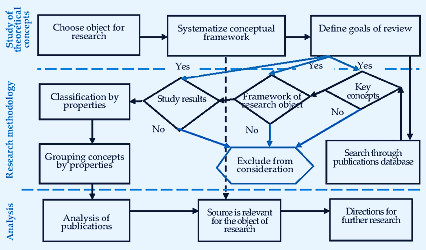 JOItmC | Free Full-Text | Transformation of Distribution Logistics Management in the Digitalization of the Economy
JOItmC | Free Full-Text | Transformation of Distribution Logistics Management in the Digitalization of the Economy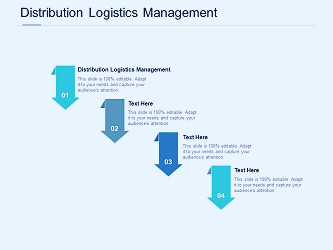 Distribution Logistics Management Ppt Powerpoint Presentation Maker Cpb | Graphics Presentation | Background for PowerPoint | PPT Designs | Slide Designs
Distribution Logistics Management Ppt Powerpoint Presentation Maker Cpb | Graphics Presentation | Background for PowerPoint | PPT Designs | Slide Designs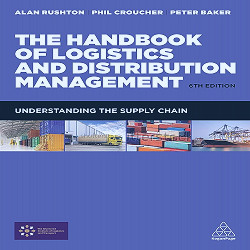 The Handbook of Logistics and Distribution Management: Understanding the Supply Chain: Rushton, Alan, Croucher, Phil, Baker, Dr Peter: 9780749476779: Amazon.com: Books
The Handbook of Logistics and Distribution Management: Understanding the Supply Chain: Rushton, Alan, Croucher, Phil, Baker, Dr Peter: 9780749476779: Amazon.com: Books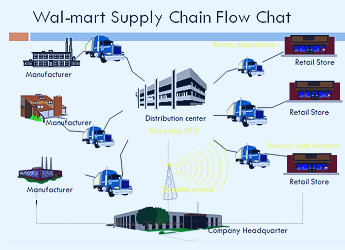 Case Study: Wal-Mart's Distribution and Logistics System - MBA Knowledge Base
Case Study: Wal-Mart's Distribution and Logistics System - MBA Knowledge Base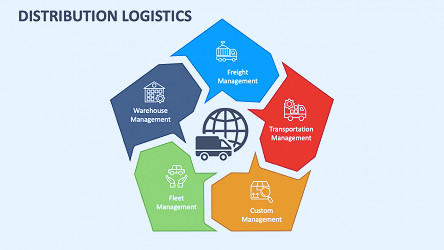 Distribution Logistics PowerPoint Presentation Slides - PPT Template
Distribution Logistics PowerPoint Presentation Slides - PPT Template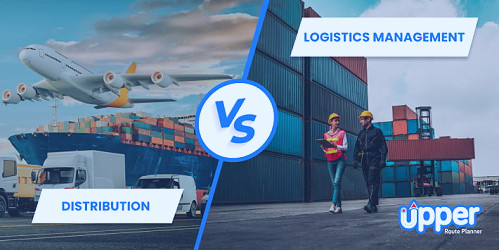 Distribution vs Logistics: What's the Difference (Explained)
Distribution vs Logistics: What's the Difference (Explained)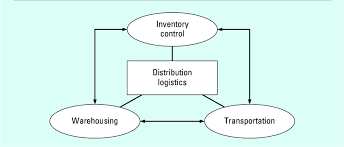 13 Three subsystems of distribution logistics | Download Scientific Diagram
13 Three subsystems of distribution logistics | Download Scientific Diagram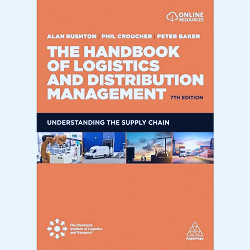 The Handbook Of Logistics And Distribution Management - 7th Edition By Alan Rushton & Phil Croucher & Peter Baker (paperback) : Target
The Handbook Of Logistics And Distribution Management - 7th Edition By Alan Rushton & Phil Croucher & Peter Baker (paperback) : Target 